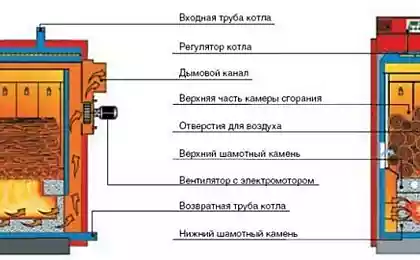1234
Power density
To achieve an ideal result, the modern supercar manufacturers not only to increase the power of the motor, but also get rid of extra pounds in a car
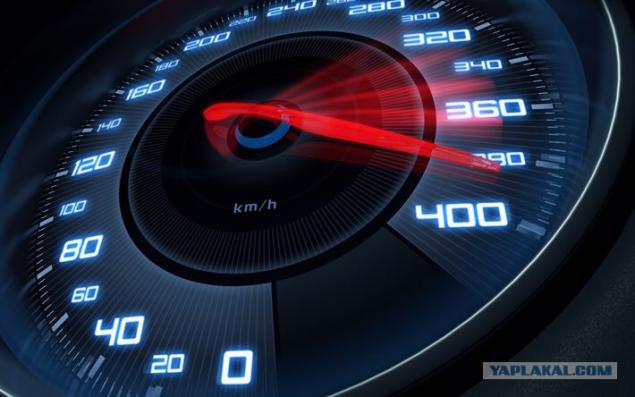
Pagani Huayra
Italian supercar Pagani Huayra is made from spring 2012 and is available in an amount of not more than 20 units per year at a price of about $ 1 million. This, however, suggests Huayra production car. With a weight of 1305 kg of its power is 733 horsepower. Result - 561 6 horsepower per ton.
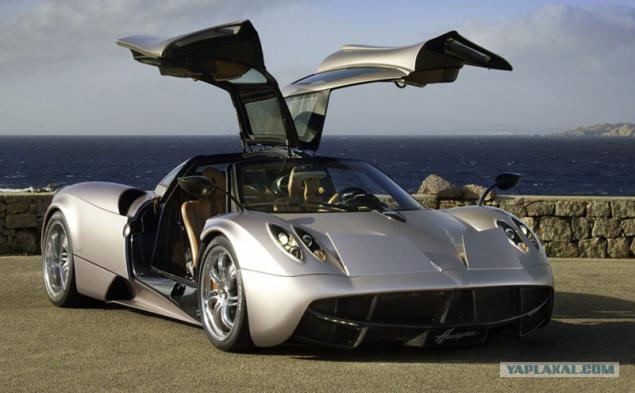
Porsche 918, LaFerrari, McLaren P1
Three hybrid hyper-competitor go "head to head" in many respects. And although they all entered the top ten vehicles with the highest power density, within the "super-three" things like this: 529 horsepower per ton at the Porsche 918 Spyder, 654 hp per ton at McLaren P1, and LaFerrari - 767 horsepower per ton. But such a large spread has little effect on the basic dynamic parameters: the maximum speed of three hypercar is from 345 to 350 kilometers per hour, and to disperse hundreds ranges from 2 to 8, 2, 4 seconds. As the average price of hybrid cars - about one million euros.
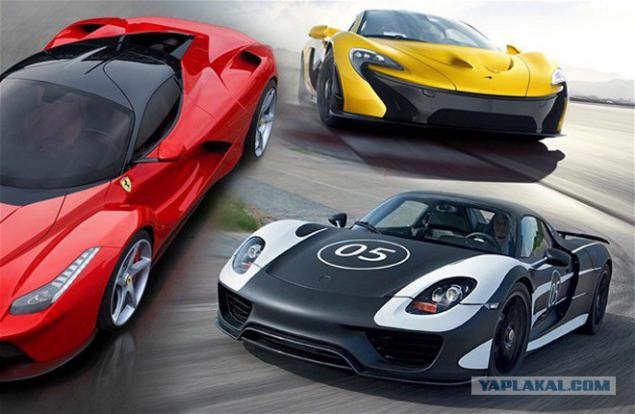
Caterham 7
Lightweight two-seater sports car with an open top, manufactured by Caterham Cars since 1973. Of course, the main bet is placed on the ease of construction, so that the specific power of a top modifications Caterham 7 is 520 hp at 260-horsepower engine. For a while Caterham held the world speed record at the time of dispersal: the car could accelerate to 95 km / h and then stop completely before the legendary Ferrari F40 reaches a speed of 95 km / h.
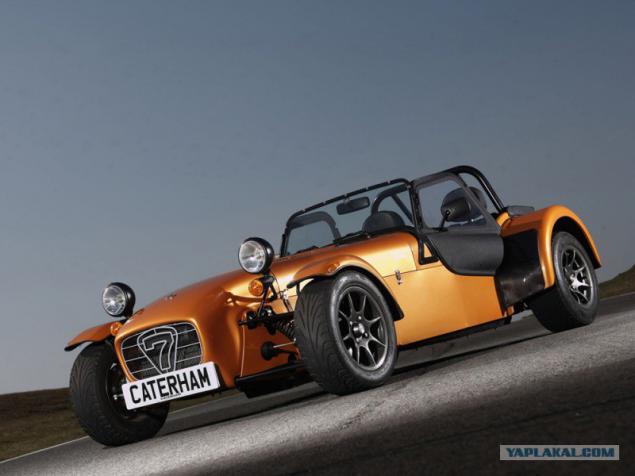
Bugatti Veyron Super Sport
It is hard to imagine that any of these lists have not entered the fastest production car of modern times - Bugatti Veyron Super Sport. Permanent holder of the world record top speed (431 kilometers per hour) weighs 1838 kg and develops 1200 horsepower. So ton Bugatti Veyron SS falls 653 horsepower.
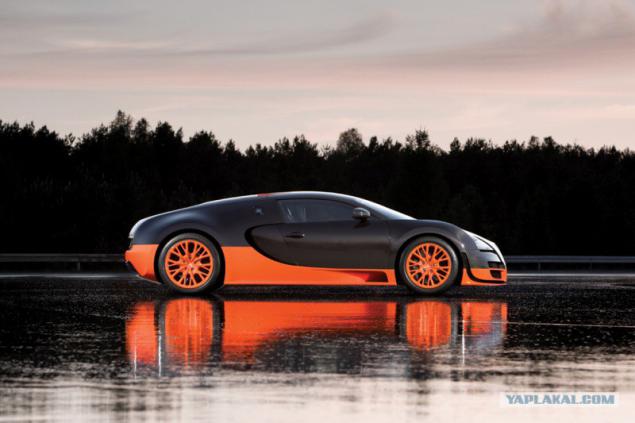
Caparo T1
British Caparo T1 supercar was introduced in 2007, and by 2012 it sold only a few dozen eezemplyarov. Creators inspired by Formula 1, so that the Caparo T1 is not very different from Formula bolides. With one exception - this can ride on public roads. And its specific power is 867 hp per tonne.
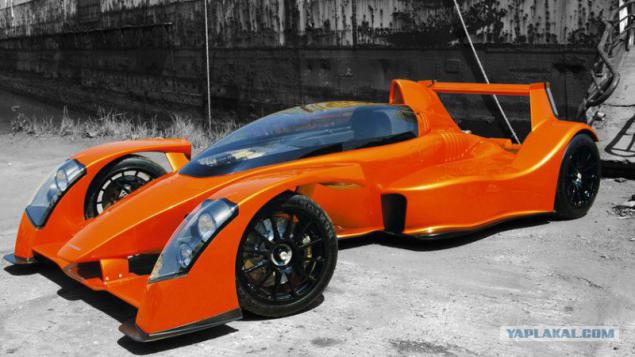
Ariel Atom 500
Ariel Atom 500 is based on the exoskeleton, and many parts are made of composite materials, so the car weighs nothing - 456 kilograms. Engine yet weighs 90 kg. The most powerful version is equipped with a 3-liter 8-cylinder engine capacity of 500 horsepower. The results are impressive - 909 horsepower per ton.
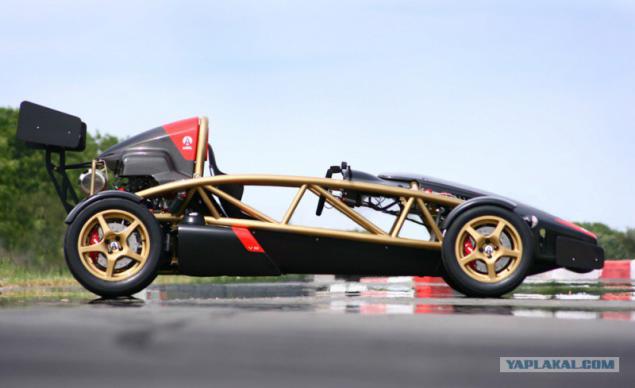
Venom GT and Koenigsegg One: 1
Koenigsegg One: 1 some have called the first serial megakarom. Specific power of the Swedish monster is exactly 1,000 hp per tonne. Exactly the same rate and Hennessey Venom GT. The American version of the Lotus Exige sports car in its time trying to break the record Veyron. And, in general, it turned out: Venom GT overclocked to 435 kilometers per hour. But due to non-compliance with certain formalities record was not counted. The following year, the manufacturer plans to introduce a new version. The engine will add 156 horses and a top speed of 466 model will be kilometers per hour.
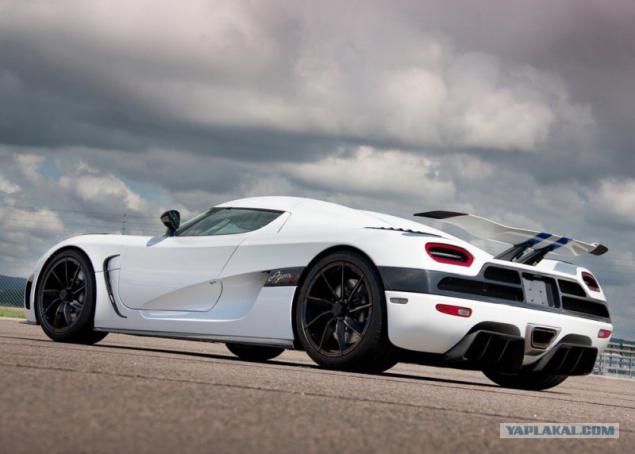
All)))
© Sergey Yakovlev
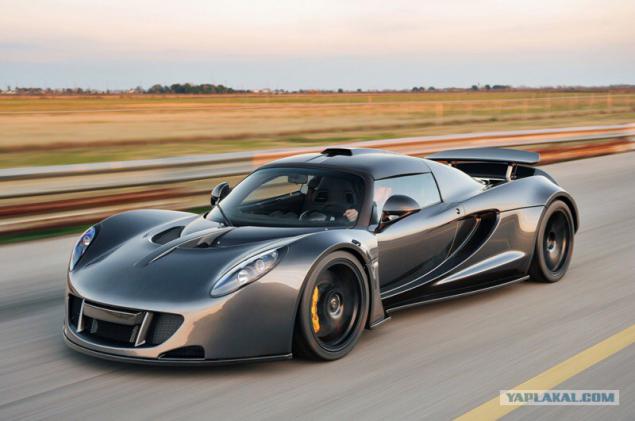

Pagani Huayra
Italian supercar Pagani Huayra is made from spring 2012 and is available in an amount of not more than 20 units per year at a price of about $ 1 million. This, however, suggests Huayra production car. With a weight of 1305 kg of its power is 733 horsepower. Result - 561 6 horsepower per ton.

Porsche 918, LaFerrari, McLaren P1
Three hybrid hyper-competitor go "head to head" in many respects. And although they all entered the top ten vehicles with the highest power density, within the "super-three" things like this: 529 horsepower per ton at the Porsche 918 Spyder, 654 hp per ton at McLaren P1, and LaFerrari - 767 horsepower per ton. But such a large spread has little effect on the basic dynamic parameters: the maximum speed of three hypercar is from 345 to 350 kilometers per hour, and to disperse hundreds ranges from 2 to 8, 2, 4 seconds. As the average price of hybrid cars - about one million euros.

Caterham 7
Lightweight two-seater sports car with an open top, manufactured by Caterham Cars since 1973. Of course, the main bet is placed on the ease of construction, so that the specific power of a top modifications Caterham 7 is 520 hp at 260-horsepower engine. For a while Caterham held the world speed record at the time of dispersal: the car could accelerate to 95 km / h and then stop completely before the legendary Ferrari F40 reaches a speed of 95 km / h.

Bugatti Veyron Super Sport
It is hard to imagine that any of these lists have not entered the fastest production car of modern times - Bugatti Veyron Super Sport. Permanent holder of the world record top speed (431 kilometers per hour) weighs 1838 kg and develops 1200 horsepower. So ton Bugatti Veyron SS falls 653 horsepower.

Caparo T1
British Caparo T1 supercar was introduced in 2007, and by 2012 it sold only a few dozen eezemplyarov. Creators inspired by Formula 1, so that the Caparo T1 is not very different from Formula bolides. With one exception - this can ride on public roads. And its specific power is 867 hp per tonne.

Ariel Atom 500
Ariel Atom 500 is based on the exoskeleton, and many parts are made of composite materials, so the car weighs nothing - 456 kilograms. Engine yet weighs 90 kg. The most powerful version is equipped with a 3-liter 8-cylinder engine capacity of 500 horsepower. The results are impressive - 909 horsepower per ton.

Venom GT and Koenigsegg One: 1
Koenigsegg One: 1 some have called the first serial megakarom. Specific power of the Swedish monster is exactly 1,000 hp per tonne. Exactly the same rate and Hennessey Venom GT. The American version of the Lotus Exige sports car in its time trying to break the record Veyron. And, in general, it turned out: Venom GT overclocked to 435 kilometers per hour. But due to non-compliance with certain formalities record was not counted. The following year, the manufacturer plans to introduce a new version. The engine will add 156 horses and a top speed of 466 model will be kilometers per hour.

All)))
© Sergey Yakovlev











